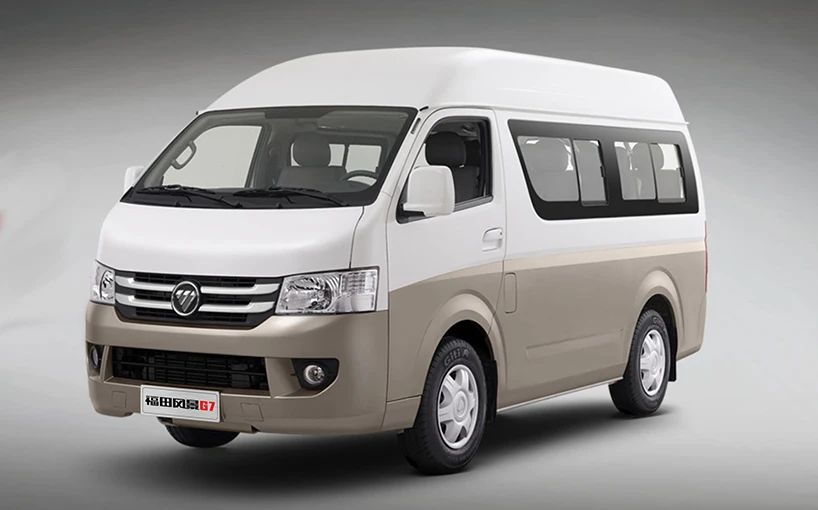heavy duty jumper cables for diesel trucks
Heavy Duty Jumper Cables for Diesel Trucks A Comprehensive Guide
When it comes to maintaining the robust performance of diesel trucks, one cannot overlook the importance of using high-quality heavy-duty jumper cables. As any seasoned truck driver or fleet manager knows, diesel engines often require more power to initiate startup compared to their gasoline counterparts. Therefore, investing in reliable jumper cables is essential for ensuring that you are prepared to deal with unexpected battery failures.
Understanding Diesel Truck Needs
Diesel trucks are commonly used for transportation and heavy-duty applications. Their engines are designed to generate high torque; however, they also demand an extraordinary amount of starting power, especially in cold weather conditions. This is where heavy-duty jumper cables come into play. They are specifically designed to handle the higher amperage requirements that diesel engines necessitate to start efficiently.
Features of Heavy Duty Jumper Cables
1. Gauge Size The gauge of the cables is crucial. For diesel trucks, it is recommended to use cables that are at least 4-gauge or thicker. Thicker cables have less resistance, allowing for maximum current transfer when jump-starting a vehicle.
2. Length Consider the length of the jumper cables; 20 feet is a standard length that provides ample distance between vehicles while allowing for a strong connection. Longer cables are useful in cases where the vehicle positioning may not be optimal for a direct connection.
3. Material Quality High-quality copper cables are preferable. Copper conducts electricity better than aluminum, which is often used in cheaper alternatives. Cheaper cables can lead to reduced efficiency and the potential for overheating during use.
4. Insulation The insulation material should be durable enough to withstand extreme temperatures and wear. Look for cables that feature high-quality, rubberized insulation, which can protect the wires from fraying and ensure longevity.
5. Clamps The clamp design is equally important. Heavy-duty cables often come equipped with robust, colored clamps for ease of use. Make sure the clamps are strong and can grip securely to battery terminals without slipping. Look for clamps with a rubberized grip to prevent accidental drops and provide better handling.
heavy duty jumper cables for diesel trucks

Proper Usage of Jumper Cables
Using heavy-duty jumper cables may seem straightforward, but following the correct protocol is crucial to avoid damage to either vehicle or personal injury. Here’s a step-by-step guide
1. Position the Vehicles Ensure both vehicles are in neutral and park them close enough so that the cables can reach both batteries.
2. Turn Off Components Switch off all accessories and ignition systems in both vehicles.
3. Attach Cables Start by attaching one red clamp to the positive (+) terminal of the dead battery, followed by the other red clamp to the positive terminal of the good battery. Next, connect one black clamp to the negative (-) terminal of the good battery and finally clamp the other black cable to an unpainted metal surface on the dead vehicle. This helps to ground the current and reduces the risk of sparks.
4. Starting the Engine Start the engine of the good vehicle and let it run for a few minutes to charge the dead battery. Then, attempt to start the diesel truck.
5. Remove Cables Once the truck starts, remove the cables in reverse order of connection to ensure safety.
Conclusion
Investing in heavy-duty jumper cables for diesel trucks is a wise decision for any truck owner or fleet manager. Not only do these cables provide the necessary power to start diesel engines, but they also enhance your vehicle's reliability during emergencies. By selecting the right gauge, ensuring quality materials, and following the proper usage guidelines, you’ll be prepared for any situation that arises on the road. Always remember, being proactive in your truck's maintenance can save you time and money down the line.
-
SINOTRUK HOWO 84 Electric Dump Truck for Eco-Friendly Heavy HaulingNewsJul.26,2025
-
The Fast 16-Gear Manual Transmission Assembly for Heavy TrucksNewsJul.25,2025
-
Mercedes Benz Actros 1848 42 Tractor Truck for Sale - Reliable PerformanceNewsJul.24,2025
-
High-Quality Water Pump Assembly for Sinotruk Trucks – Durable & ReliableNewsJul.23,2025
-
Premium Truck Engine Antifreeze Coolant Fluid for Heavy Duty VehiclesNewsJul.22,2025
-
FOTON View G7 Mini Bus: Affordable & Spacious TransportNewsJul.22,2025
Popular products

























